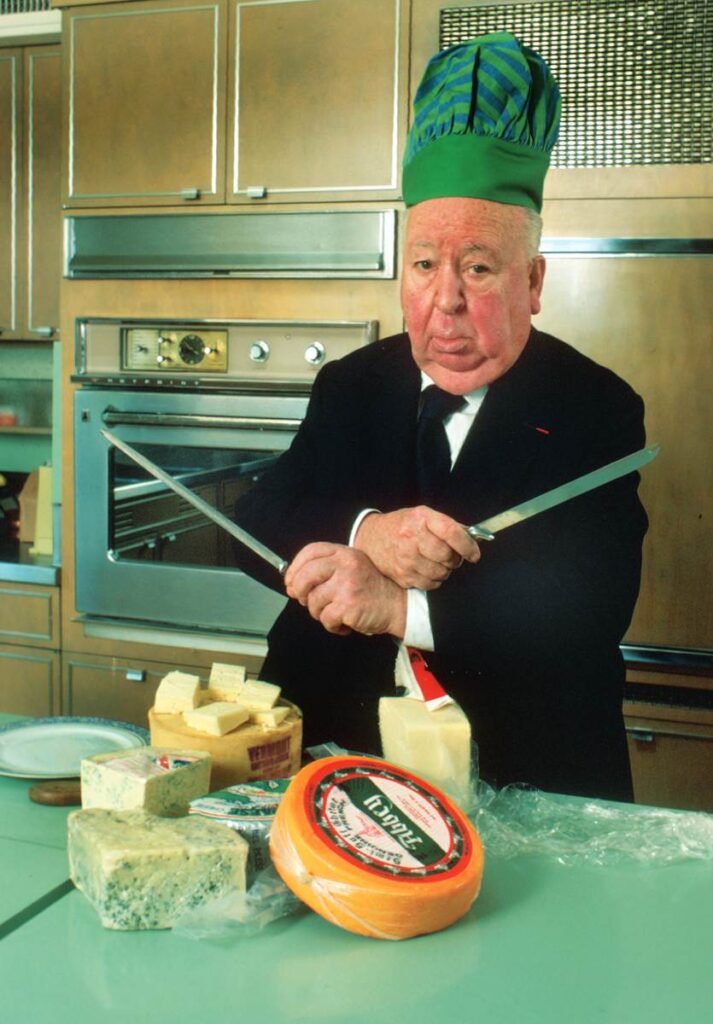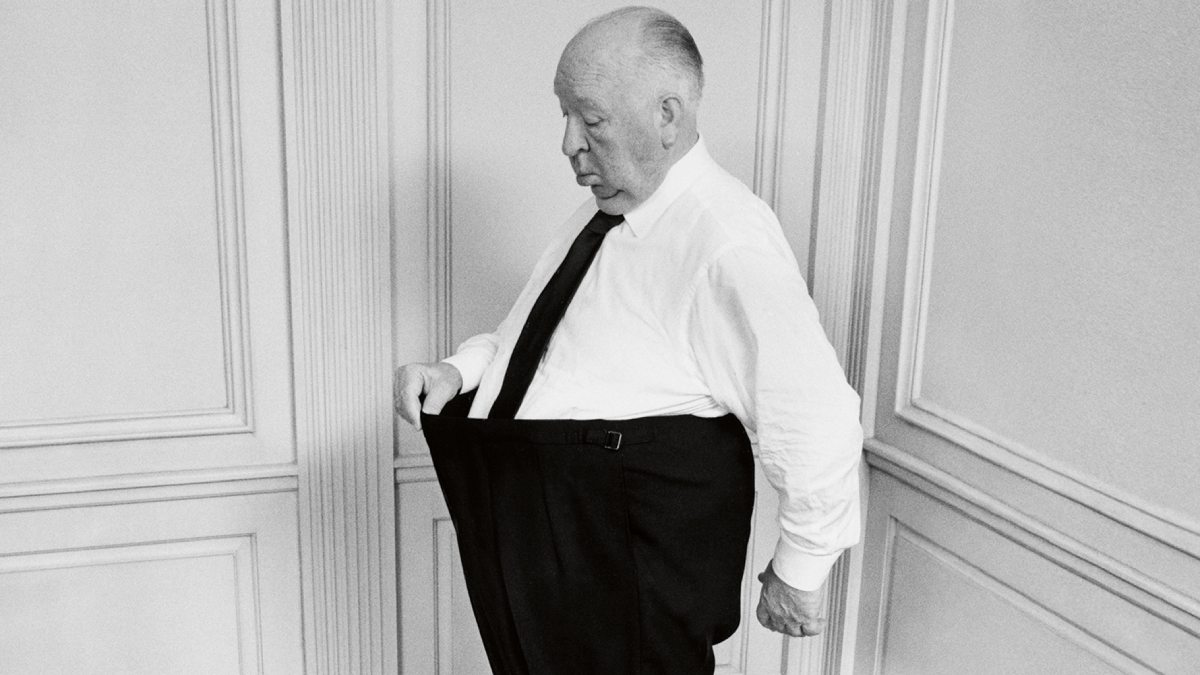Click here to read the Spanish version.
He is not only one of the best pastry chefs in the world, but he also owns several succulent businesses: ice cream and confectionery with ‘chuches’, under the brand Rocambolesc, and the chocolate workshop-store Casa Cacao. But Jordi Roca pulls good humor to show via Instagram his morning exercise ‘routine’ “now that I have decided I want to be an influencer” and that, yes, only applies on the 15th of each month. In the middle of August, irony and humor were his recipe to address the thorny issue of fitness, which has become an almost strategic priority now that September is starting.
Maybe the summer energy is momentarily kept alive by memories like a grilled Escórpora at Toc Al Mar in Aiguablava, the tuna cannelloni at Compartir in Cadaqués, the ‘Romanitas’ of crayfish in batter at Antonio’s in Zahara, Kaia’s turbot, Badulaque’s Monkfish a la cedeiresa, El Cranc’s lobster Fideuá (Altea) or, of course, Casa Jondal’s smoked salmon and caviar Bikini -which, back in the city, we know that Rafa Zafra still serves at the double headquarters of Estimar-. Do those vacation guilty pleasures now take their toll and require us to ‘start over’ based on losing weight and stop going out to try restaurants? Maybe not so much, although the statistics are a little bitter: a person can put on an average of three to five kilos in summer, a fact that a study by Nutritienda completes with the fact that 61% of Spaniards tend to take that on vacation and, of them, only 15% manage to lose weight afterwards.

But that doesn’t mean you have to look for a quick fix to lose weight. “September arrives and, as if the twelve bells of the New Year were ringing, we load ourselves with new resolutions. First bell: exercise. Second bell: eat healthier. Third: quit smoking. Fourth: make sure my goals don’t sink like the Titanic!” warns young nutritionist Marta Verona. “In September, we reset the excesses of the summer and we cannot fall into the trap of miracle diets and detox shakes. We have a few extra pounds and we want to lose weight here and now. We get on the Internet and we are bombarded with attractive messages: ‘Hard-boiled egg diet: lose 15 kilos in 2 weeks’, ‘Alkaline diet’, ‘Pineapple diet’, ‘Detox diet’ or substitute shakes”, stresses this nutritionist.
Verona proposes to “activate our radar to identify miracle diets”. They are those “that become fashionable because they promise to lose weight quickly, without effort, divinize or eliminate some food and usually have flashy names, a lot of marketing and little health and effectiveness because they do not work in the long term”. They are usually based on greatly reducing the calories ingested daily, which causes weight loss, but “the famous rebound effect appears immediately”.
“THERAPEUTIC FASTING”
Miracle or not, one of the most fashionable diets today has to do with fasting. This is the specialty of Clínica Buchinger, with its headquarters in Marbella, whose century-old methodology is based on ‘therapeutic fasting’ with personalized medical assistance, “the basis of our integral concept for the benefit of health”.
What does it mean? “Conscious nutrition, physical exercise and spiritual inspiration complete the program and contribute to the regeneration of body and spirit just as much as physical treatments and exercise in nature”. That, in fact, means that “in addition to mineral water in unlimited quantity, the fasters ingest infusions, freshly prepared vegetable broths and freshly squeezed natural fruit juices”, with products from organic farming. “The cure begins with a light vegetarian diet on the day of arrival, which is followed by a day of preparation. Once the fasting is over, the diet is gradually normalized with tasty menus. This phase is an important requirement for the effect of the cure to last after the stay in the clinic”, Buchinger explains, which proposes as ‘plan B’ for those who cannot or do not want to fast its “exquisite ovo-lacto-vegetarian cuisine” with a low-calorie diet of 800 kilocalories or a ‘whole food menu’ of 2,000, always adapted to each user, according to tastes and food intolerances.
It’s not that there is a special post-holiday package at this Costa del Sol clinic, but at any time of the year there is a potential clientele who lock themselves in for a few days to lose weight. In April, Enrique Olvera visited Spain to celebrate the first anniversary of Jerónimo, his only restaurant in Europe, located in The Madrid Edition. He was showing off a slender figure. “I was in February at the Buchinger. It works great for me,” said the Mexican chef proudly, with Pujol as his mother house. He is not the only chef who has resorted to lose kilos at the renowned Marbella clinic, with renowned clients such as José Andrés. “José was the first one who told me about fasting,” confessed Ángel León in 2022, in the midst of his slimming process.
CHEFS ALSO GET FAT
Since chefs put on weight but also lose weight, how do they recover? In April 2022, Dabiz Muñoz spent Easter in New York, just weeks after inaugurating RavioXO, which a few months later became the first restaurant in Europe to receive a Michelin star in a commercial space. His tour of Manhattan added up to several dozen restaurants. How do you digest that? “Doing sports 9 out of the 10 days I was in New York; besides, lately I’m doing more sports to compensate for all the dumplings I’m putting in my body,” he confessed at a time when he lamented the attacks on social networks. “You don’t know how many people call me fat. I’m not as thin as when I was running marathons; pandemic, thyroid, stopping exercising… and, perhaps, I’ve put on weight. I’ve gotten used to the negative messages.
In August, the owner of DiverXO, the only three-star restaurant in Madrid, explained that, a few months ago, he underwent analysis and tests of the digestive system, which set off some alarm bells in glucose and cholesterol. “The doctor gave me a yellow card,” he even told on Instagram with photos showing his physical change since then, based on turning to a nutritionist, with whom “I learned that not only what you eat matters,” but also “how you eat it, how you combine it and when you eat it.” Together with a lot of sport – not only running, but combined with cycling, paddle tennis or yoga – and “a lot of willpower and discipline”, Muñoz accounts for his improvement, while adding “one more secret, very important in this whole process: almost 0% alcohol, only very sporadic and in moderation”.
Meanwhile, Dani García’s diet has even been a good excuse to multiply clickbaits. Although the Andalusian chef started it in the fall of 2022, this summer has starred in Google alerts. “I don’t know why there is news that I have lost weight, when that was last year in a plan I did with Mapfre; then, I weighed about ten kilos less than now,” says the chef from Marbella, immersed in a powerful international expansion plan. He gives us his keys: “Avoid eating fast, badly and gobbling, which is something that makes you bloat more. I made a diet more focused on protein, grilled vegetables and few carbohydrates. A minimum fast of twelve hours is essential, as well as an early dinner. If you accompany it with exercise, you close the circle. On the other hand, stress control is key; you have to be calm to lose weight. I’m not a nutritionist, it’s just my personal feeling,” says García.
“FOOLPROOF” TIPS
For the gastronomic ‘back to school’, nutritionist Marta Verona gives us “the infallible keys to eat healthy, without dying trying”, based on a “healthy cuisine, which must be balanced and appetizing”, based on three pillars: “one, the quantities with which I fill my plate; two, planning our weekly menu and making a good shopping list; and, three, cooking our recipes in a healthy way!
What can we have in our post-holiday fridge and pantry? With a star at El Invernadero, Rodrigo de la Calle, a chef famous for his vegetable cuisine, points out melon as September’s fetish product, while a Mediterranean vegetable garden is already at the end of the summer with the last traces of tomatoes or products such as peppers or eggplants.
Anyone interested in exploring new ingredients can turn to the almost feverish trend of fermented foods. “There is nothing better detox than kombucha or kimchi,” says Robert Ruiz Moreno, a partner at LOV Ferments, a firm dedicated to fermented products and training on them.
Or, even, you can dream of eating exotic ingredients. “Plants, such as high altitude leaves that are green enough for their antioxidants, like pampa anise or muña; roots like black mashua or maca; colorful tunas, which are cactus fruits like aloe; or seasonal passion fruits ‘very local’,” reveals Virgilio Martínez, chef and owner of Central. These are products that are on the menu of this Lima restaurant, positioned in 2023 as a leader in The World’s 50 Best Restaurants list, or in other chef’s businesses such as Mil, in Moray.
There may even be room for the sweet side of the table in the middle of a detox. “Enjoying a sweet treat is not a temptation: what is a temptation are the miracle diets that not only do not work and are harmful to our body, but also to our mind,” warns Verona. Sweet? Apart from some chocolate from Casa Cacao, there is a trend towards lighter pastries with less sugar, such as those made by Natsumi Mizumoto, at the head of TosTao, a clue to be pointed out at Casa Bonay, a hotel in Barcelona whose sweet offer is managed by this young Japanese pastry chef. Trained in Tokyo, Etxebarri and Dos Palillos, she prepares “very simple desserts, without many decorations, where there is no need to hide anything. Maybe the world is moving towards a fresher pastry, with more acidity and less sugar,” says Mizumoto.
CONTINUE TO EAT OUT
So, can you still go out to eat while fighting the ravages of summer? Yes, because sooner rather than later we will have to visit the new Haramboure, by Patxi Zumarraga and Patricia Haramboure, where this chef embroiders vegetable dishes within his seasonal menu; while Dani García will take his Tragabuches de Marbella to Ortega y Gasset, with recipes such as roasted Malaga goat; and Rafa Zafra applies the ‘Estimar philosophy’ to his new carnivorous format: Rural.
For detox business meals, you can try the vegetable sections at La Ancha, La Manduca de Azagra or García de la Navarra; the grilled fish at O’Pazo; Quique Dacosta’s rice dishes at El Jardín del Ritz or some simple grilled meat at Rocacho.
And, on the haute cuisine side, it should be taken into account that the tendency for the menu to coexist with the tasting menu plays in favor of diners who want to continue enjoying themselves without falling into excesses, as well as the greater weight of vegetables in the menus. There are paradigmatic cases such as El Celler de Can Roca, which includes more and more vegetable dishes, some of which come from its garden at Mas Marroch.
However, the task of September is not an easy one. Alfred Hitchcock was well aware of this, as he was constantly dieting, something he even documented. In 1943, the film director invited photographer John Florea to record his weight loss process, images that appeared in Life magazine.

